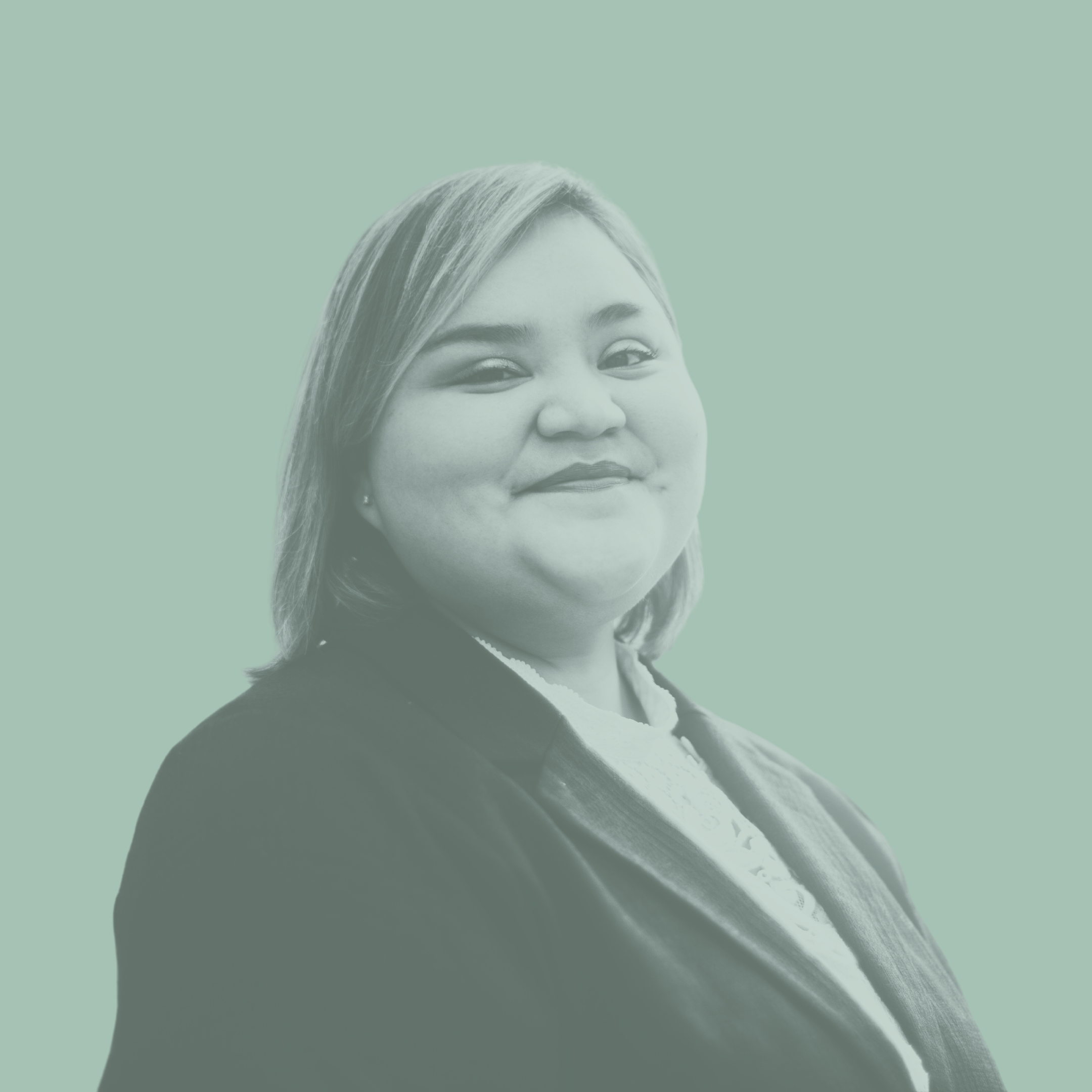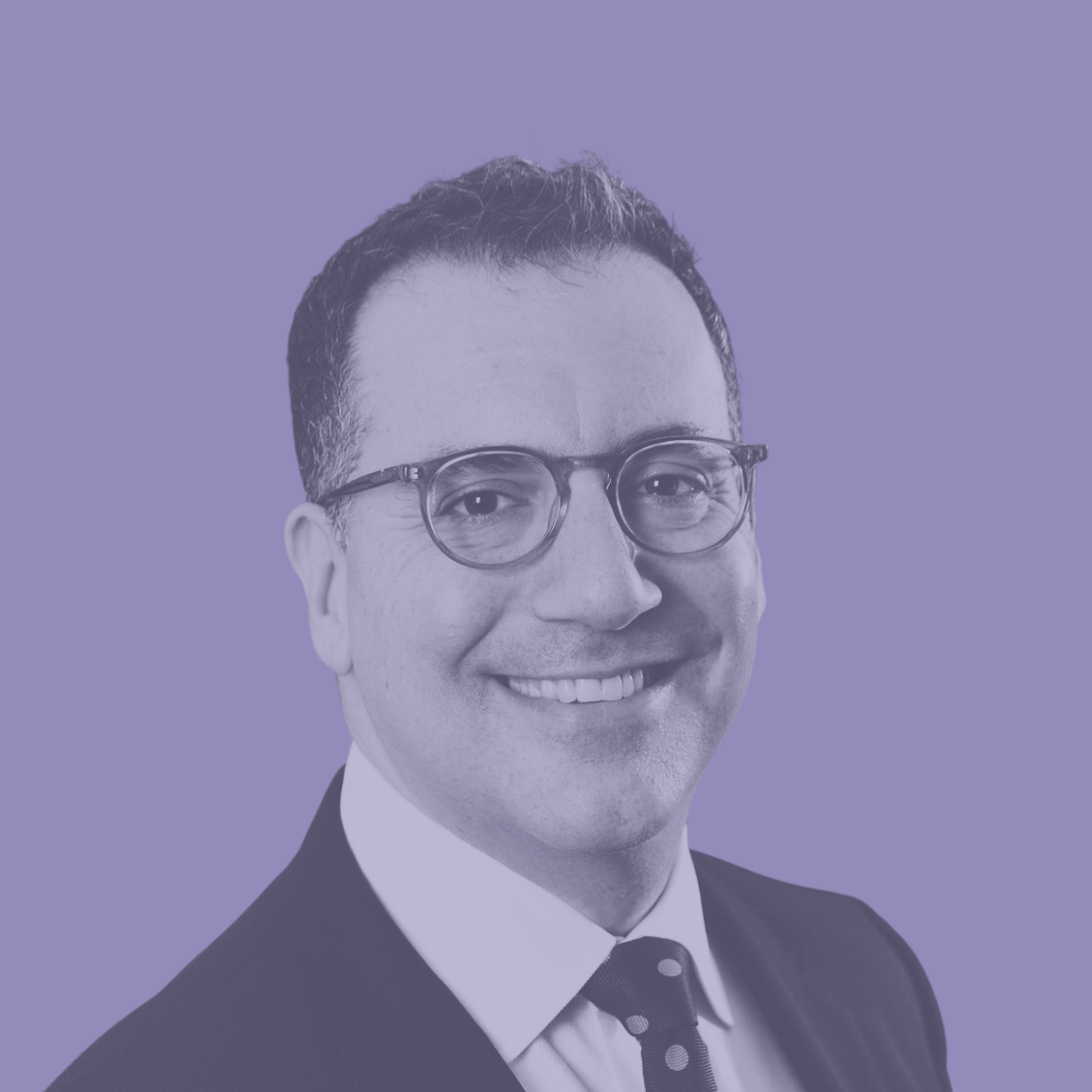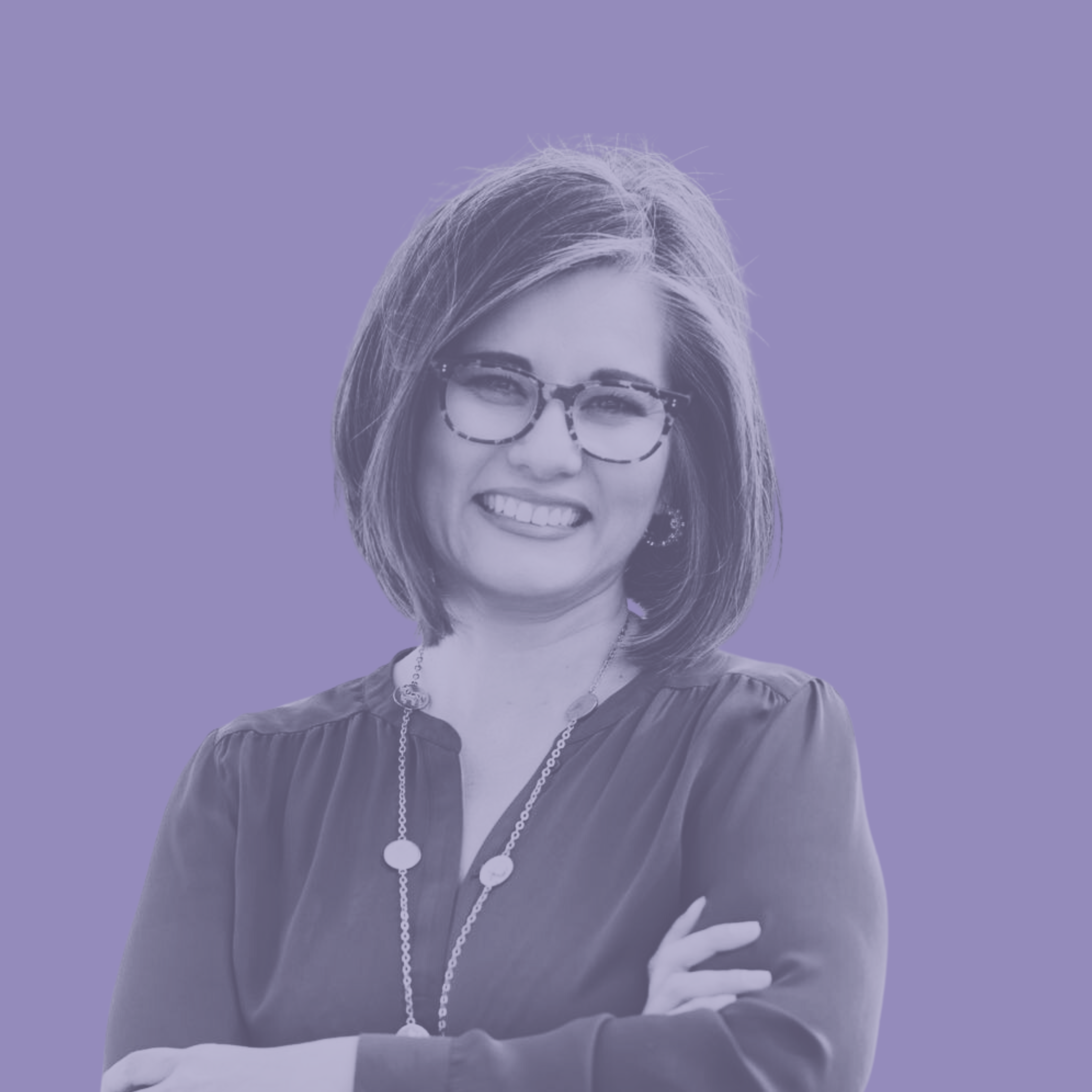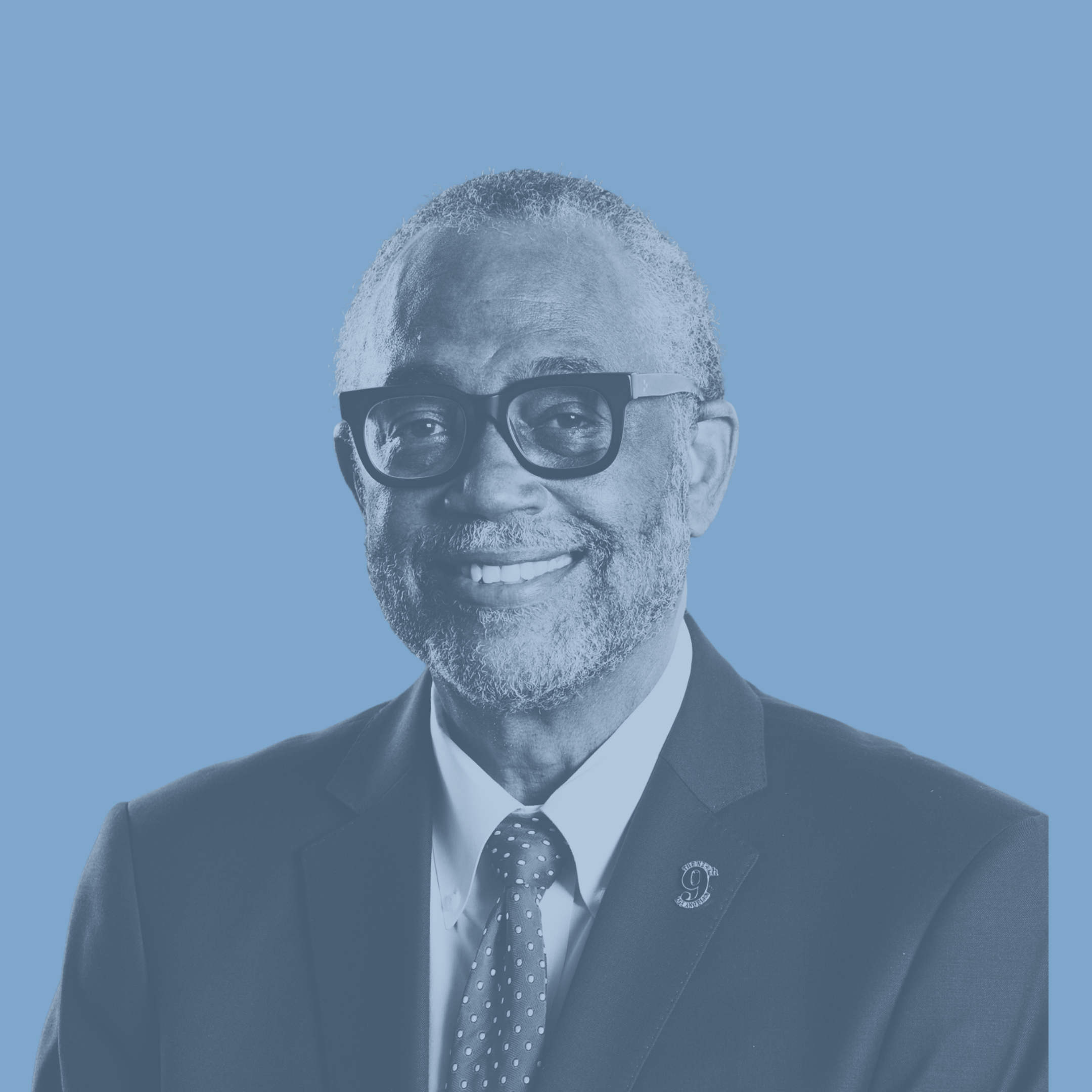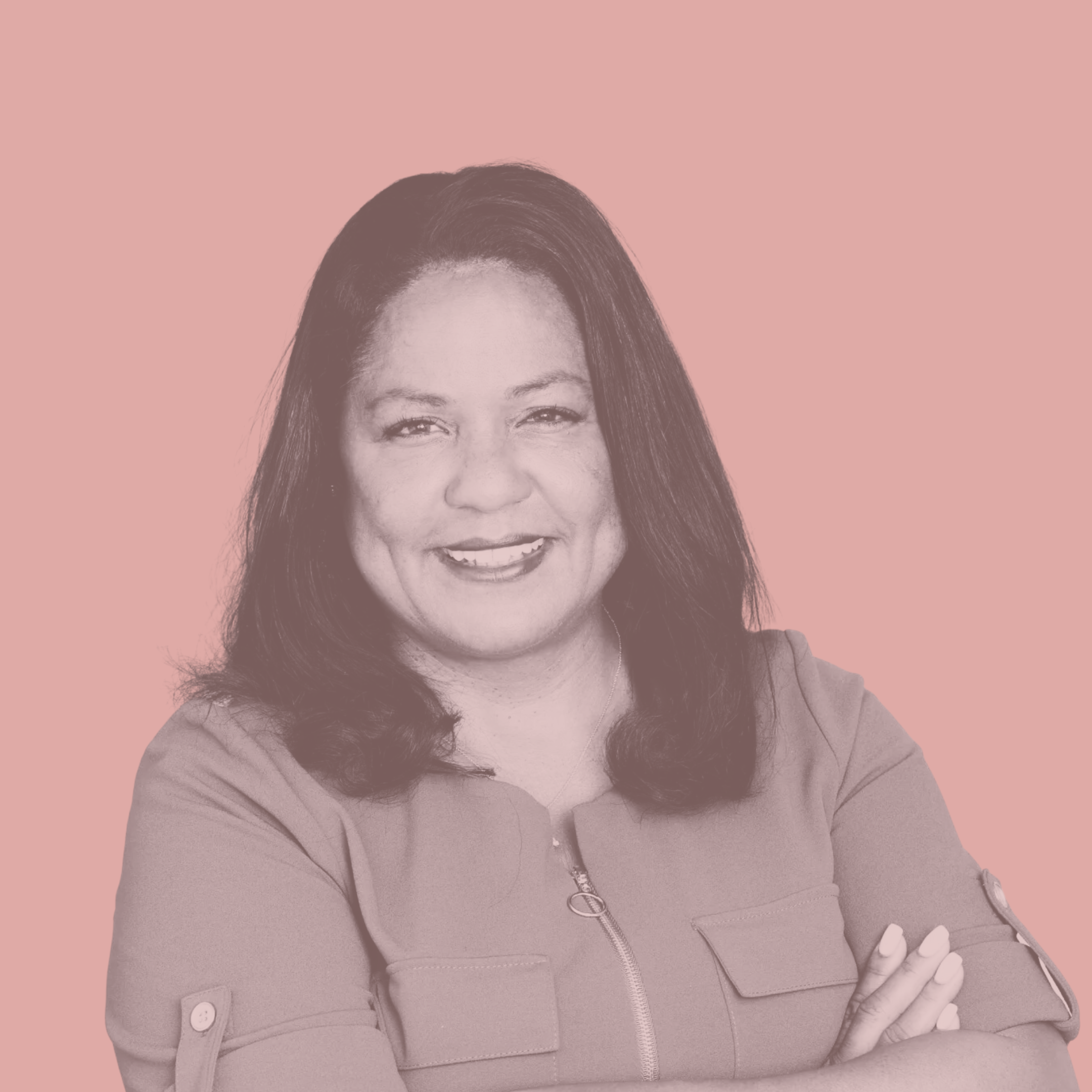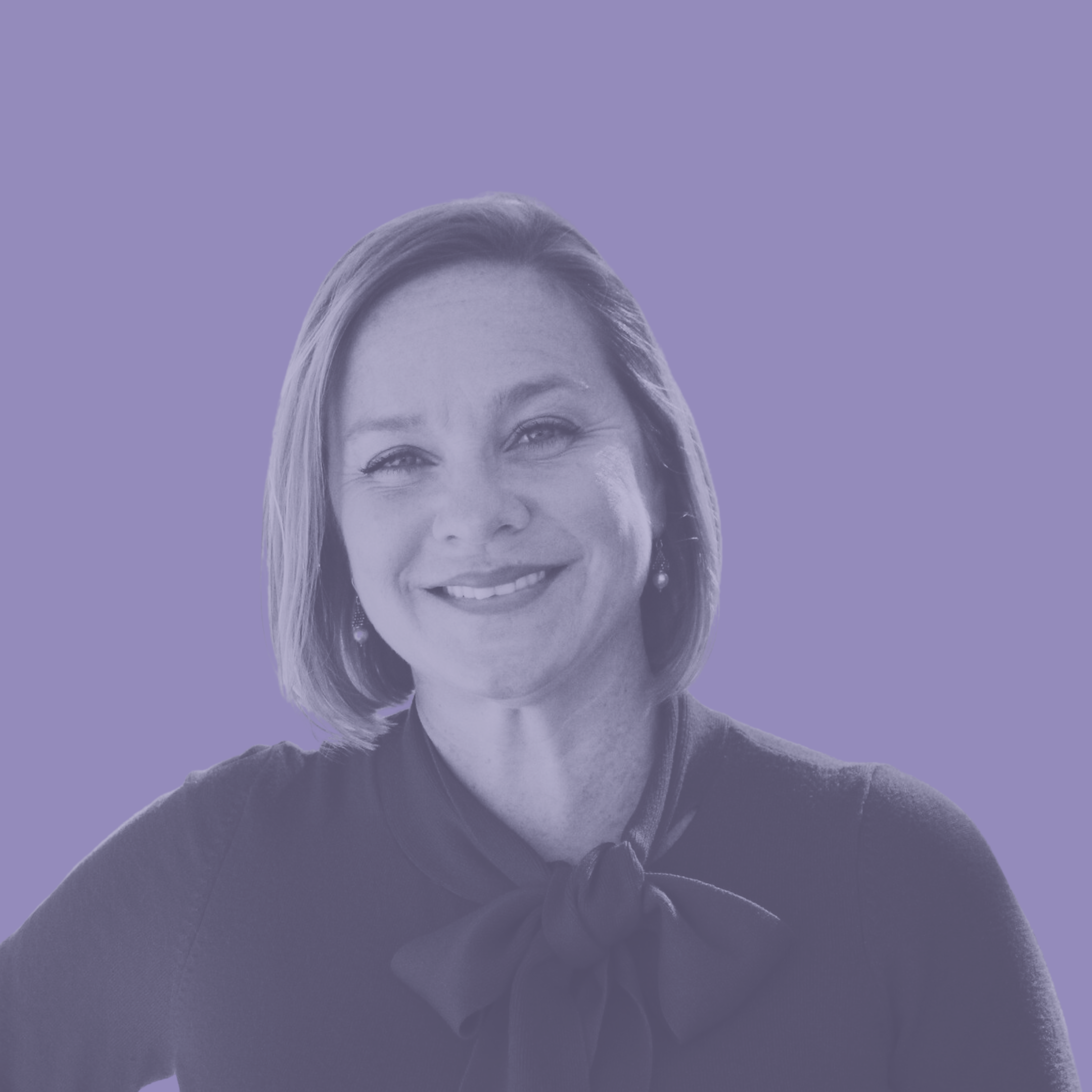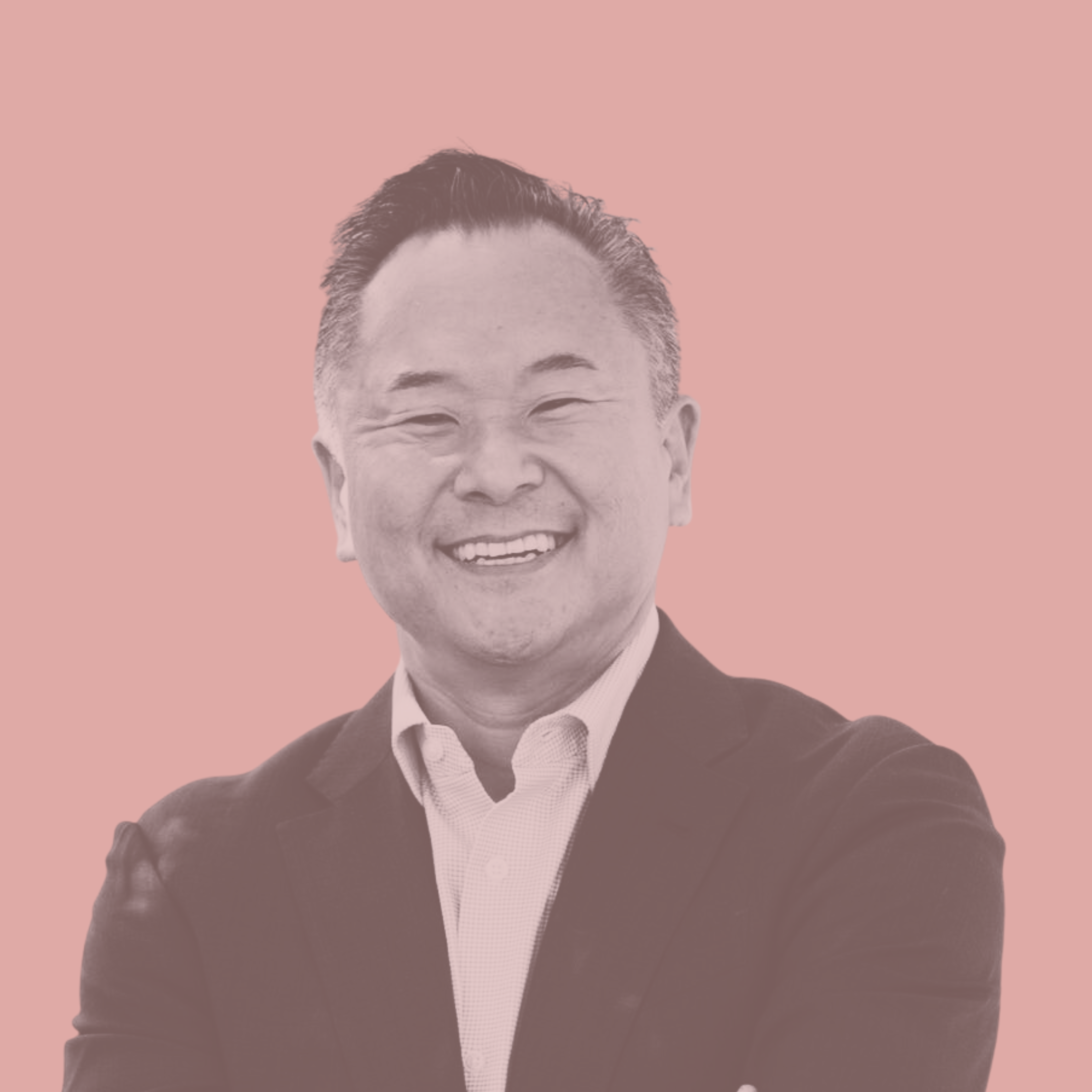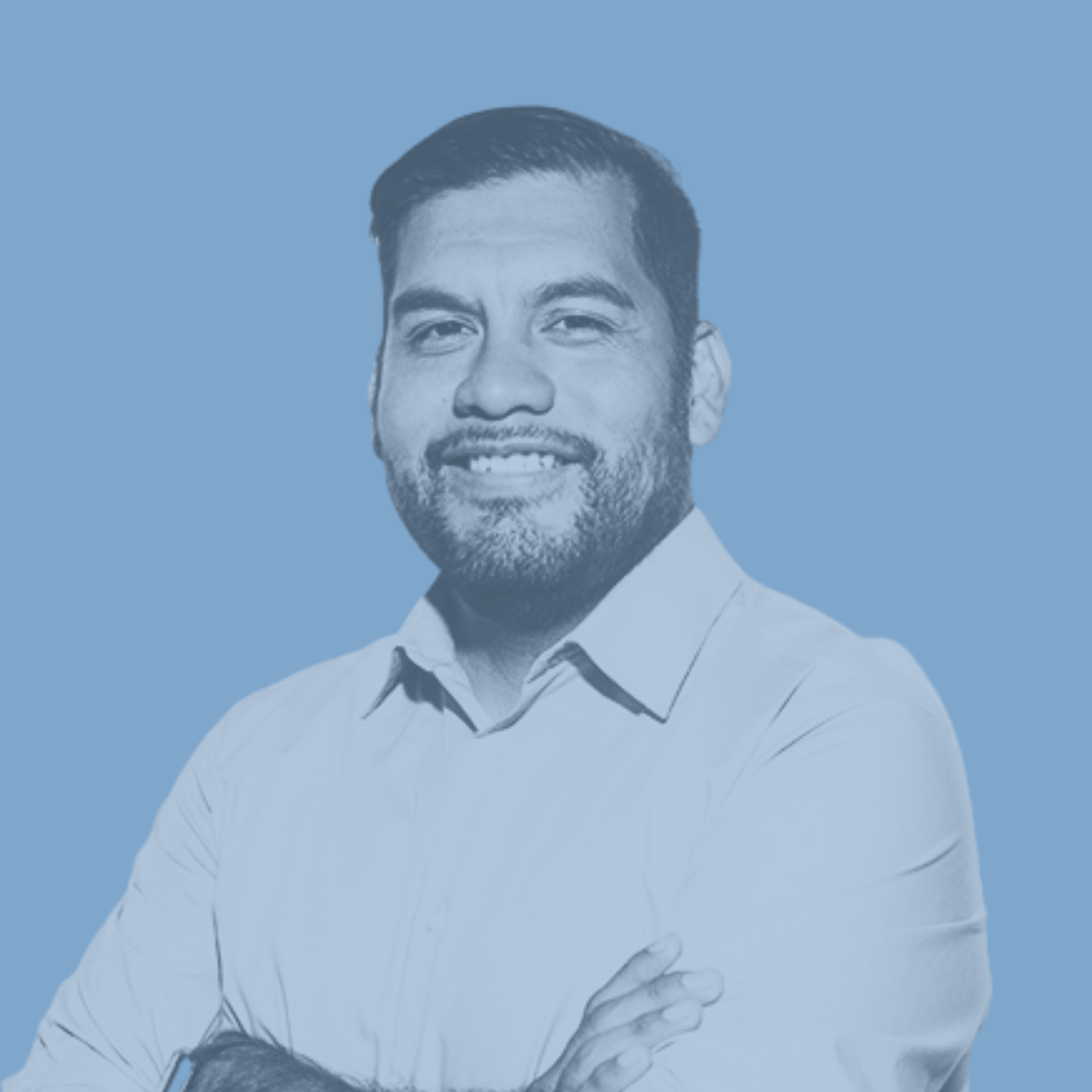What Do City Council Members Do?
Council members are in charge of creating all laws that legislate how civilians and businesses operate, as well as overseeing and giving final approval on budgets for the City of Los Angeles. Within their own district, Councilmembers wield significant power, especially over how and which development projects are approved.
Within the City Council, there is a Council President. The position of Council President rivals the influence of the Mayor. The presidency is an official position decided by a vote of all the Councilmembers. Currently the Council President is Marqueece Harris-Dawson who won election after his predecessor, Paul Krekorian, stepped down due to term limits. Krekorian had become Council President in 2022 after the former Council President Nury Martinez resigned in disgrace after her bigoted and hateful comments in a private conversation with Councilmembers Kevin De Leon and Gil Cedillo was recorded and leaked to the press.
Like most legislative branches of government, the Council conducts its work through a system of committees. Most Councilmembers chair at least one committee and serve on many others. Committee assignments and leadership positions reflect a combination of personal interest, relevance to their district, seniority, and power. Some committees are much more powerful and desirable than others across the board. Some of this power is because of the jurisdiction the Councilmembers have over the topic area - it could be that the topic area is reliant on a City department and not the City Council, making the power of the committee less than something the City Council has most power over (such as zoning and land use).
These are the current committees, as of January 2025:
Public Safety
Public Works
Rules, Elections, and Intergovernmental Relations
Trade, Travel, and Tourism
Transportation
Board of Referred Powers
Ad Hoc Committee On The 2028 Olympics and Paralympic Games
Ad Hoc Committee On Unarmed Crisis Prevention, Intervention, and Community Services
Ad Hoc Committee For LA Recovery
Arts, Parks, Libraries, and Community Enrichment
Budget And Finance
Civil Rights, Equity, Immigration, Aging
Economic Development And Jobs
Energy and Environment
Government Efficiency, Innovation
Government Operations
Housing and Homelessness
Personnel and Hiring
Planning and Land Use Management
You can find a list of the committees, who leads them, and when they regularly meet here.
The Council may also create ad hoc committees for a specific, short-term purpose.
Who Do They Represent?
Cumulatively the City Council represents the entirety of the City of Los Angeles, which covers roughly 4 million people. Each Councilmember represents more than 270,000 people who live within their district. This makes it nearly impossible for a councilmember to know the needs of every community within their district. Councilmembers are eligible to serve a maximum of three, four-year terms.
The maximum campaign contribution limit is $900 per person or entity. Thanks to new campaign finance rules won by a large coalition of groups, the first $129 of a LA City resident’s contribution can be matched by public funds at a 6:1 rate. This can be a major help to grassroots candidates running against incumbents and establishment favorites.
City Councilmembers
District 1 — Eunisses Hernandez
District 2 — Adrin Nazarian
District 3 — Bob Blumenfield
District 4 — Nithya Raman
District 5 — Katy Yaroslavsky
District 6 — Imelda Padilla
District 7 — Monica Rodriguez
District 8 — Marqueece Harris-Dawson
District 9 — Curren D. Price, Jr.
District 10 — Heather Hutt
District 11 — Traci Park
District 12 — John Lee
District 13 — Hugo Soto-Martinez
District 14 — Ysabel Jurado
District 15 — Tim McCosker
Each Councilmember’s office has their own planning director and deputies that oversee their district’s zoning and project development. This fact gives you a sense of the power each one has over their own district from individual development projects to zoning of dozens of square miles to whether a bike lane is built.
Another way we can see the power of Council overall and the power of Councilmembers as individuals in how programs of all kinds, small and large, are administered in a way that spreads resources equally to all 15 City Council districts, rather than equitably on the basis of where the needs are largest and the opportunity for greatest impact. This system leads to resources for wealthy parts of the city that aren’t actually in need of them.
Tips for Advocacy
The way that the City Council as whole operates has shifted over the years. Full City Council meetings featured passionate debates for many decades. When Eric Garcetti became Council President in 2006 he brought a consensus-building approach that sought to reach widespread support for measures before they were brought to a full council vote. When Herb Wesson took over in 2012, he doubled down on this trend with a harder-edged approach that meant that almost nothing came before the full council unless it had more than 12 of the 15 votes.
Nury Martinez became Council President and Joe Buscaino became Council President Pro Tempore in January 2020 and with the eruption of the pandemic crisis only 10 weeks into their leadership, we witnessed more fervent disagreement on full council votes than the city had seen in a long while. For a period of time, we were seeing narrow 8-7 and 7-6 votes on major policy measures. After Martinez stepped down amid the leaked audio of her making racist and other outrageous remarks in October 2022, Paul Krekorian became Council President. Since the election of new cohort of more progressive councilmembers in November 2022, the council has remained split into three rough factions — a progressive bloc (including Eunisses Hernandez, Hugo Soto-Martinez, Nithya Raman, and Ysabel Jurado), a conservative bloc (including Traci Park, John Lee and Monica Rodriguez) a group of swing votes which tends to include Blumenfield, McCosker, and Nazarian.
To learn more about upcoming meetings you can subscribe to Council Meeting Agendas here.


